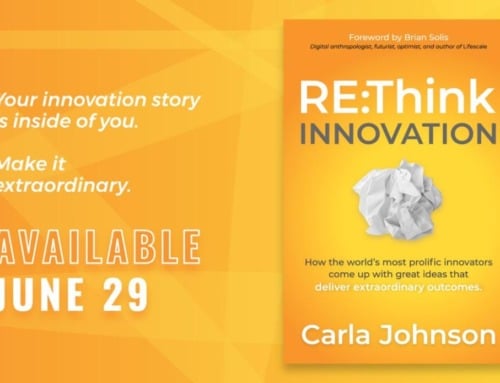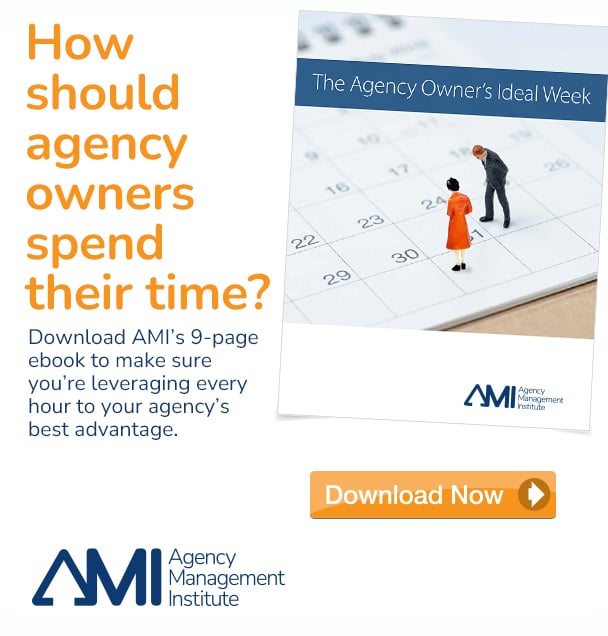“Going digital” isn’t a passing trend. Companies are learning — and proving — that building a flexible, integrated agency with a digital emphasis is essential. And that lesson is still being learned the hard way, even at the world’s most prestigious organizations.
BuzzFeed leaked an internal report from The New York Times this week, providing an intimate look into how one of the world’s leading journalistic institutions is struggling with the exact same problem most agencies are: integrating digital into its existing company structure.
So, what can this teach the rest of the world?
It shows that combining traditional and online media isn’t easy for any company, and even the most prestigious of organizations make common mistakes, including treating it as something that’s separate — and often secondary — from the rest of operations.
Digital Dividing Lines
Although many companies have employees who specifically focus on online media, all employees need to think about it. Whether they’re focused on strategy, creative, or media, they need to know the landscape inside and out.
Why? Because digital isn’t a department; it’s a way of thinking.
When digital was new, it was used as a buzzword to set innovative agencies apart from those that weren’t savvy.
That’s not true anymore. Today, it’s a given. When you tell a client your marketing firm does digital, it’s like telling them that newspapers have writers on staff. Duh.
Most clients now realize that a mix of channels and strategies — including digital — is the most effective way to communicate with customers. They know that most potential customers don’t just wander into a store to shop. Instead, consumers start their search online. Digital helps your clients snag customers earlier in the sales cycle.
But there’s a benefit to using digital marketing, such as landing pages and YouTube videos: It’s usually easier to measure and track, so it makes learning about a client’s customers and tailoring campaigns to their behavior much easier.
Designing Your Strategy
How can agencies integrate digital into their traditional offline strategies? Here are three ways to do digital right:
- Integrate your digital “department” with the rest of your company. Take a cue from The New York Times. Separating different disciplines doesn’t just keep your employees from communicating; it keeps them from collaborating. Remember, every employee needs to be digitally savvy. Start this process by letting them work together and learn from one another.
- Attend digital conferences to stay informed. Then, create a series of lunch-and-learns. Make sure every team member learns something new and shares it with the rest of your employees.
- Think holistically. Don’t artificially create digital opportunities. Instead, let them come about naturally. Map out a client’s sales funnel, and identify the digital and traditional opportunities you have. Then, build a marketing plan around those.
When my company promotes Agency Management Institute workshops, we use email marketing, targeted online ads, and SEO to drive traffic to our landing pages. But we don’t just use online media to promote our events. We also use direct mail, speak at conferences, and encourage our past customers to generate buzz.
Why do we utilize so many marketing avenues? Because you never know when — or how — a potential customer will hear about your client. Seamless integration between traditional and digital media allows customers to move from one type of media to another, just like they do in their everyday lives.
Ending the Digital Division
Digital is the way your clients’ customers connect to the rest of the world. That’s why “digital” isn’t a relevant term anymore. It’s simply how things are done in your customers’ lives and at a successful agency.
This is the most important lesson of The New York Times’ innovation report: If you and your clients are going to beat the competition, you need to change your company’s structure to accommodate the online world. That means ending the division between digital and traditional in favor of an approach that’s completely integrated.
Don’t live in the past, when online marketing was a novelty. Take “digital” out of your campaigns and company structure and join the modern world — one that transitions between digital and traditional media seamlessly.
This article was written by Drew McLellan for LinkedIn.






